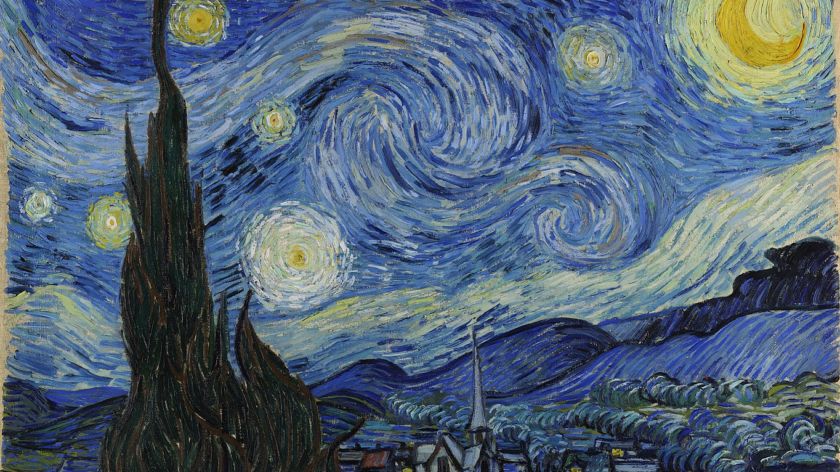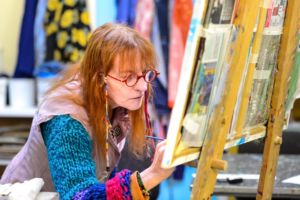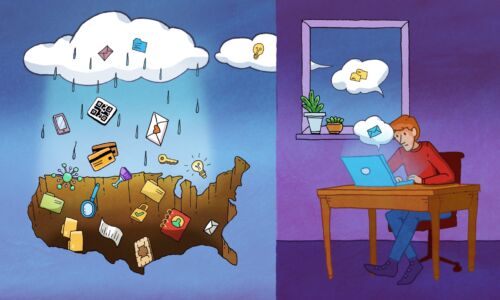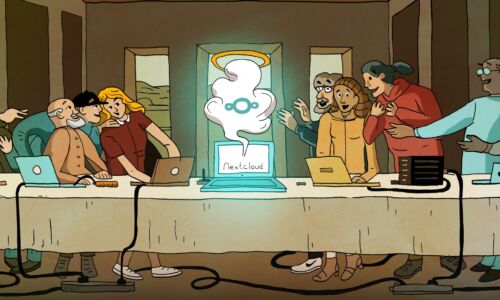Creativity and ‘madness’ often go hand in hand, just look at Van Gogh
-
 The painting Starry Night by Vincent van Gogh, exhibited at the MoMa, New York.
The painting Starry Night by Vincent van Gogh, exhibited at the MoMa, New York.
Was Vincent van Gogh crazy? What is crazy? Would he have made such beautiful work without his madness? The link between creativity and psychological vulnerability is the central theme in the exhibition Gek van Kunst (Crazy about Art) at the Huis van de Nijmeegse Geschiedenis (House of the History of Nijmegen). 37 artists with mental issues are presenting their work. Radboud-historian Clim Wijnands wonders how normal it is to be a mad artist.
Vincent van Gogh is clearly the most famous example. He was an artist with psychological problems. Cut his own ear off. Heard voices. Had himself committed. Painted one of his most famous works Starry Night (1889) in the psychiatric hospital of Saint-Paul-de-Mausole in the Provence. ‘He was very productive at the clinic,’ says art historian Clim Wijnands.
Creativity and psychological issues often go hand in hand. Creativity can be a way to channel your mental wellbeing but a mental illness can also be the source of your creativity. This interplay is at the centre of the exhibition Gek van Kunst which can currently be visited at the Huis van de Nijmeegse Geschiedenis. Clim Wijnands, PhD candidate at the Radboud University, held an opening lecture on art and psychiatry through the ages, amidst the colourful paintings.
Melancholy
‘During the Renaissance, it was almost trendy to be melancholic as an artist,’ says Wijnands. Nowadays, we would use the word depressed instead of melancholic. Back then, there was an astrological explanation for ‘melancholy’: the planet Saturn would influence this wistful way of being. Creativity, too, was controlled by Saturn. Because of this, artists were not ashamed to appear dreary and even received a certain status because of it. Some had themselves painted with a gloomy expression and a weary hand beneath the chin. Michelangelo (1475-1564) was known for his melancholy; he had dejected moods and wrote poems about it. At the same time, he was incredibly productive.
‘Vincent van Gogh turned his vulnerability into strength’
In Van Gogh’s time, it already was quite usual to have yourself committed to a clinic if you suffered from mental illnesses. ‘You could say that Vincent van Gogh’s work is loved because he turned his own vulnerability into strength,’ says Wijnands. ‘We can see his unique view on the world in his paintings.’

His Norse contemporary Edvard Munch also stayed in a psychiatric hospital because he faced anxiety and hallucinations. His world-renowned painting The Scream became the symbol of human vulnerability. Mark Rothko, who lived a little later, suffered from sadness, made dark paintings, and committed suicide in 1970. The Japanese artist Yayoi Kusama (known from her obsession with polka dots) has lived in a clinic since the end of the 70s; she works in a studio close-by. “If I didn’t have art, I would’ve offed myself a long time ago,’ she once said.
Psychologically vulnerable
‘Crazy’ or ‘normal’ have been perceived differently through the years. The artists who are currently presenting their work in the Huis van de Nijmeegse Geschiedenis would never be allowed to be called crazy, nowadays. Hetty Hoes, initiator of the exhibition, prefers to call it ‘psychologically vulnerable’. It’s about people with depression, delusions, bipolar disorders, or any other illness. Many of them made their art at Art-tics, the art studio from the RIBW. Hoes has worked there as manager for years and has always dreamed of one day presenting the most beautiful artistic works in a professional way.
‘It takes a lot of courage for the artists to show themselves here,’ she thinks. Many of the artists have been photographed and their pictures are printed on billboards in front of the chapel. She is proud of the exhibition, just like the artists are proud of their work.
It’s up to the visitor to think whether one should zoom in on the psychological background of the artist for an exhibition like this. How much does that even matter?
Exhibition with readings
The exhibition Gek van Kunst, de outsider in beeld can be visited until October 3rd in the Huis van de Nijmeegse geschiedenis. Multiple readings accompany the programme, such as a repetition of the session with art historican Clim Wijnands (27th of September, in Dutch, ed.). The exhibition is initiated through Hetty Hoes and the collective H3LP, the volunteer magazine makers. The latter consists of four communication professionals that support projects close to their hearts. Journalist Paul van den Broek, employee at Radboud’s Marketing & Communications department, is one of them. The exhibition consists of 84 pieces by 37 artists – most of whom are showing their works for the first time to the public.



